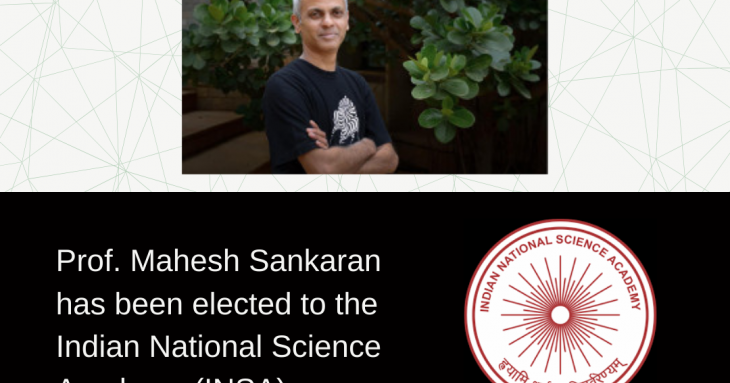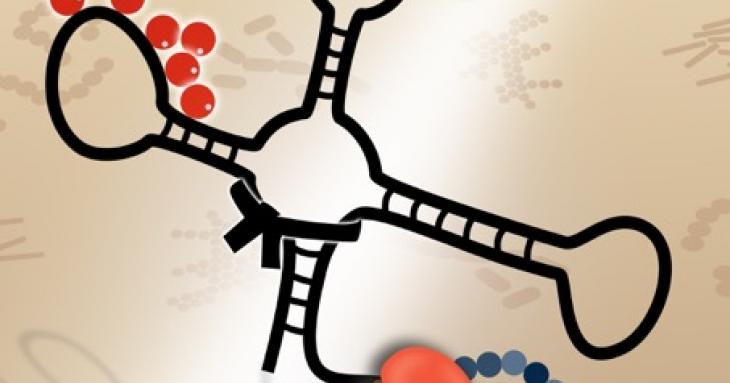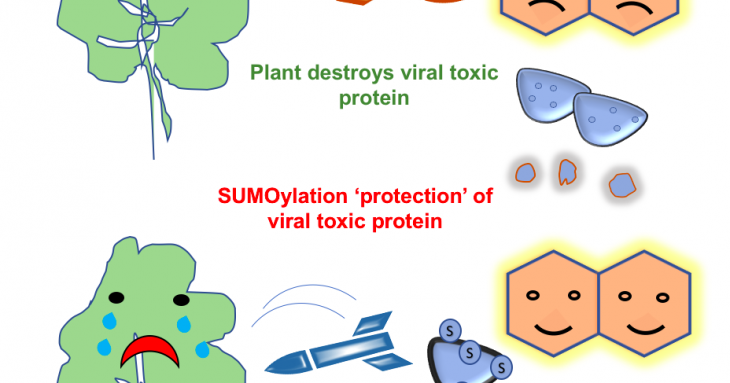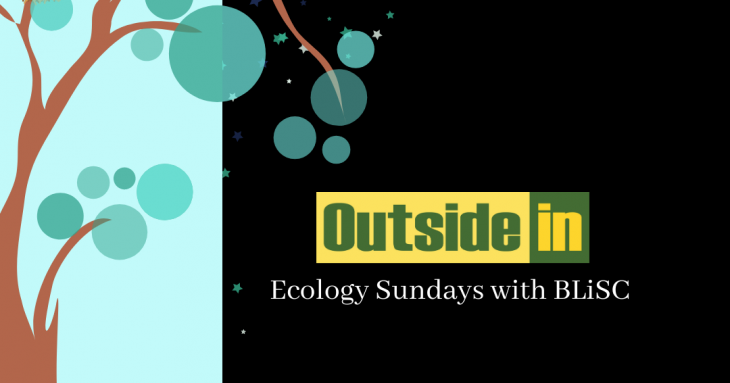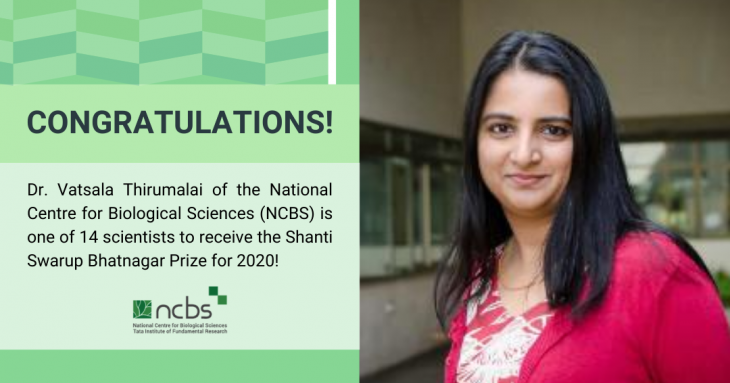-
NCBS welcomes new faculty member: Soumyashree Das
The National Centre for Biological Sciences is delighted to welcome Soumyashree Das, who joins the NCBS as its newest faculty member.
Soumya’s work is in basic cardiovascular research. She seeks to answer some of the outstanding questions in the field of coronary heart disease-a leading cause of adult mortality in India and worldwide.
-
How Seven Indian Labs Coped With the Immediate Aftermath of a Global Health Crisis
“Our work is completely in vivo, which means we need our mice to do our experiments. All experiments have come to a sudden pause and work is greatly affected.
-
3 new damselfly species discovered in Western Ghats in Kerala, Tamil Nadu, Karnataka
The findings by Shantanu Joshi and Krusnamegh Kunte from the National Centre for Biological Sciences, Bengaluru, KA Subramanian and R Babu from Zoological Survey of India (ZSI), Chennai, and Dattarprasad Sawant from KEM Hospital, Mumbai, were published in the international taxonomic journal Zootaxa on Wednesday.
-
Scientists identify a gene that could help increase rice productivity
In a new study, a team of scientists led by Dr. P.V. Shivaprasad has shown that a previously unknown AGO named AGO17 is essential for the growth of panicles that hold rice grains. When the researchers expressed it at higher levels in plants, they got plants with longer panicles and more yield. On the other hand, plants had poor growth if they removed this gene by knockdown strategies.
-
Protein modifications hold the key to success of plant viruses
Plants destroy viral toxic proteins as part of their defence, while the viruses use the plant machinery to protect their toxic proteins and cause symptoms.
-
Looking OutsideIn at Ecology
In the era where online lives are thriving for those of us with access to the internet, there is so much to interact with and learn from! Many spaces have emerged for discussion between individuals who are joined by a love of discovery.
-
CSIR Announces Awardees of Shanti Swarup Bhatnagar Prize for 2020
CSIR Announces Awardees of Shanti Swarup Bhatnagar Prize for 2020
In the area of Biological Sciences, the coveted award has been bagged by Subhadeep Chatterjee from the Centre for DNA Fingerprinting and Diagnostics, Hyderabad and Vatsala Thirumalai from the National Centre for Biological Sciences.
-
Congratulations! Dr. Vatsala Thirumalai awarded Shanti Swarup Bhatnagar Prize for 2020
During the Council for Scientific and Industrial Research’s (CSIR) Foundation Day celebration, on 26 September, the recipients of the Shanti Swarup Bhatnagar Prize for 2020 were announced. Dr. Vatsala Thirumalai of the NCBS has been awarded this prize for her work in the biological sciences. 14 scientists from various fields received India’s highest science award this year.


